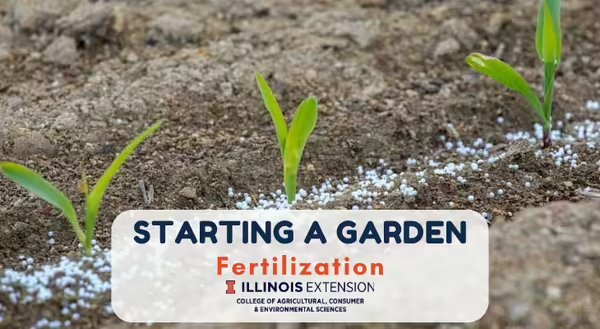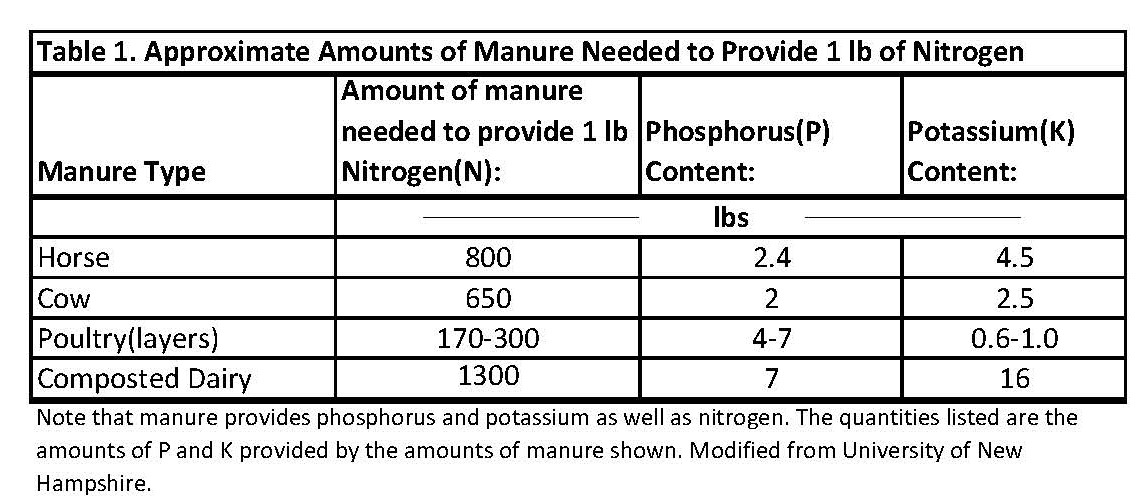
Much like humans, plants require certain nutrients to live and grow. There are 18 essential nutrients that plants require to grow and survive. Carbon, Hydrogen, and Oxygen are needed in the greatest quantity and are obtained from air and water. The next 6 nutrients are considered macronutrients; 3 primary macronutrients include Nitrogen, Phosphorus, and Potassium and 3 secondary macronutrients include Calcium, Magnesium, and Sulfur. The remaining 9 elements are considered micronutrients and include Chloride, Iron, Boron, Manganese, Zinc, Copper, Molybdenum, Nickel, and Cobalt; these are nutrients are still important, but needed in lower quantities than macronutrients. Each of these nutrients play an important role in the different structures and functions of the plant. It is important to remember that pH effects the availability of these nutrients which is why maintaining a pH between 6.0 and 7.0 is recommended. Also, following Liebig’s Law of the Minimum, if one essential nutrient is deficient, plant growth will be poor even when all other essential nutrients are abundant. These nutrients primarily come from the soil; however, when the soil’s nutrient reserves become low, nutrients can be supplemented through the addition of inorganic fertilizer, compost, and manure. The best way to know if you need to fertilize your garden is by conducting a soil sample. If you are new to the Good Growing blog, check out our blog on soil sampling.
In most cases, a basic soil test provides the following information: soil organic matter, plant available Phosphorus, Potassium, Magnesium, Calcium, soil pH, buffer pH, and Cation Exchange Capacity. Although nitrogen is a primary macronutrient, it is often not included in a basic fertility test as it can be very mobile within the soil with values changing constantly. Nitrogen is typically the nutrient that plants need in the largest quantity. When organic matter is broken down in the soil, nitrogen is available for plant use. The nitrogen from organic matter usually is not adequate to meet the demands of many vegetables, so additional nitrogen from fertilizer is needed. If the organic matter level is high or manure has been applied, the only added nitrogen fertilizer needed is for vegetables that benefit from high levels of nitrogen which includes sweet corn, cole crops (broccoli; cabbage; cauliflower; kale; brussel sprouts), and leafy green vegetables. It is recommended to apply one or two applications of nitrogen as a sidedress after planting for these crops. For soils high in phosphorus (25 ppm or higher), no phosphorus fertilizer is suggested. Crop yield is not likely to be improved by applying additional phosphorus on high phosphorus soils, so there is no benefit from its use. Potassium levels 125 ppm and above are considered high and no additional fertilizer should be added. Other nutrients (calcium, magnesium, boron, etc.) are not known to be deficient in most Illinois soils, so it is not recommended to apply these nutrients; however, if issues arise within your garden, it is typically a good idea to test for micronutrient deficiencies.
Often, our soils in Illinois are fairly productive and do not require additional fertility; however, when it is necessary, there are 3 main options: inorganic fertilizer, manure, or compost. Inorganic fertilizers most commonly come in a granular or liquid form. When purchasing an inorganic fertilizer, the bag or container will have three numbers (ex. 10-10-10; N-P-K) which is the fertilizer analysis; these numbers indicate the percent of nitrogen (N), phosphorus (P), and potassium (K) in the fertilizer, respectively. A 50 lb. bag of fertilizer with a 10-10-10 analysis would contain 5 lbs. of nitrogen, 5 lbs. of phosphorus, and 5 lbs. of potassium. If your soil tests show that you do not need any additional P or K, there are options such as urea (46-0-0) and other sources that provide only nitrogen; the same goes for phosphorus and potassium (ex. Triple super phosphate, 0-45-0 and potash, 0-0-60).
Manure and compost are considered organic fertilizers. These two sources are great options for adding nutrients and organic matter to the soil; however, if you are using it from your farm or local yard waste facility, it is not easy to determine the nutrients available without sending a sample off for analysis. When purchasing manure or compost from the store, it will have a fertilizer analysis listed on the bag. Fresh manure may contain bacteria or weed seeds that passed through the animals’ digestive system. Because of the potential threat of transmitting pathogens, fresh manure should not be applied when the edible portion of the growing crop (carrots, lettuce, potatoes, etc.) may come in contact with the soil. This can be avoided by applying and incorporating manure to the garden in the fall or composting the manure prior to application. When manure is composted, some of the nutrients, primarily nitrogen, are lost. Different sources of manure and compost will provide different levels of nutrients; see Table 1.
When applying fertilizer to the garden, it can be broadcast with a broadcast spreader prior to planting. It is best to spread the fertilizer evenly over the soil and incorporate it. Fertilizer can also be banded to the side or below the row before planting. With this method, it is important that the young plant roots do not come in contact with the fertilizer band. As the plant gets larger, this becomes less of an issue; however, as a young plant, the fertilizer can burn the roots killing the plant. Another option is using a starter fertilizer; this is recommended only for transplants such as tomato, pepper, and lettuce. Dissolve desired fertilizer in water and pour into the hole and allow it to soak into the soil prior to transplanting. For sandy soils or nitrogen loving plants, sidedressing nutrients later in the season is a good option. Fertilizer is sprinkled(dry) or poured(liquid) along the side of the row and watered into the soil; when sidedressing, avoid contacting plant tissue with fertilizer as it will burn the plant tissue. The amount and timing of fertilizer needed varies depending on the type of vegetable and growth stage.
If you have never fertilized your garden before, do not fret! As mentioned before, our soils are fairly productive and may not need added fertilizer. If you are interested to know if you should fertilize, start with a soil sample or contact your local Extension educator!
